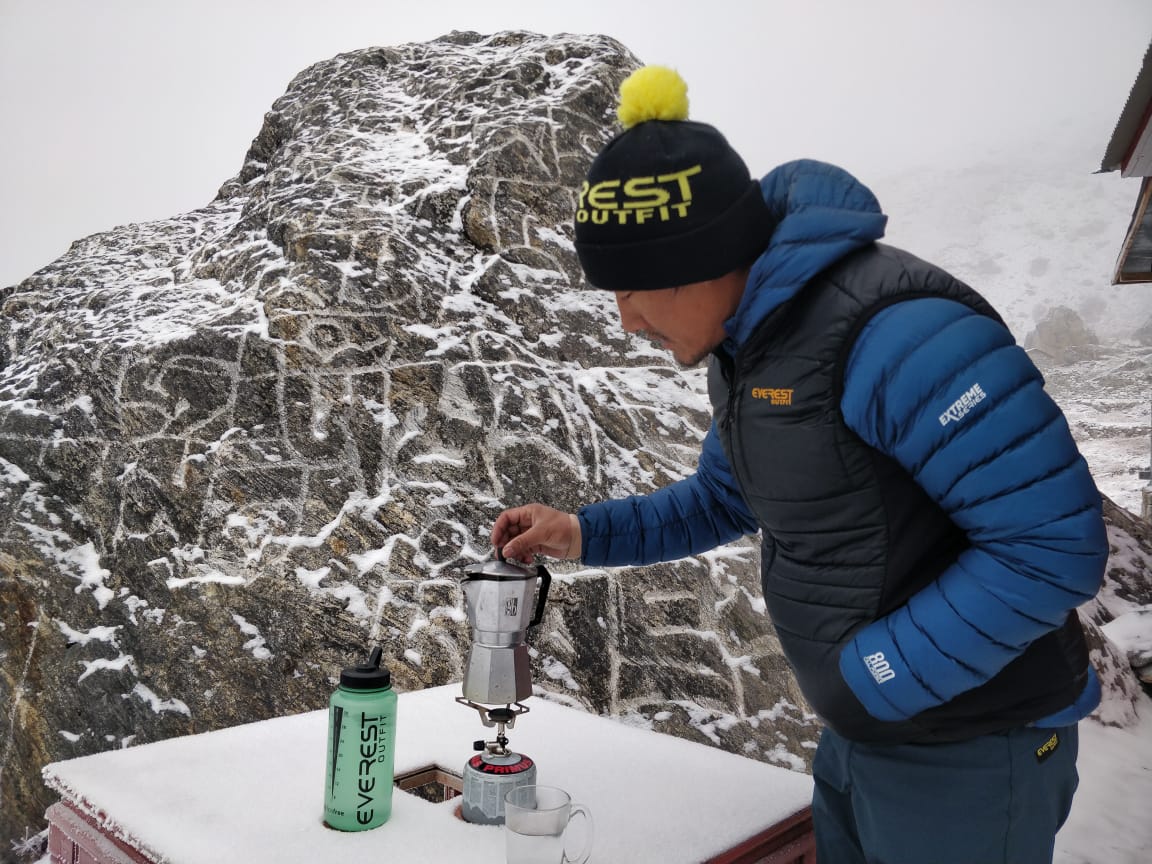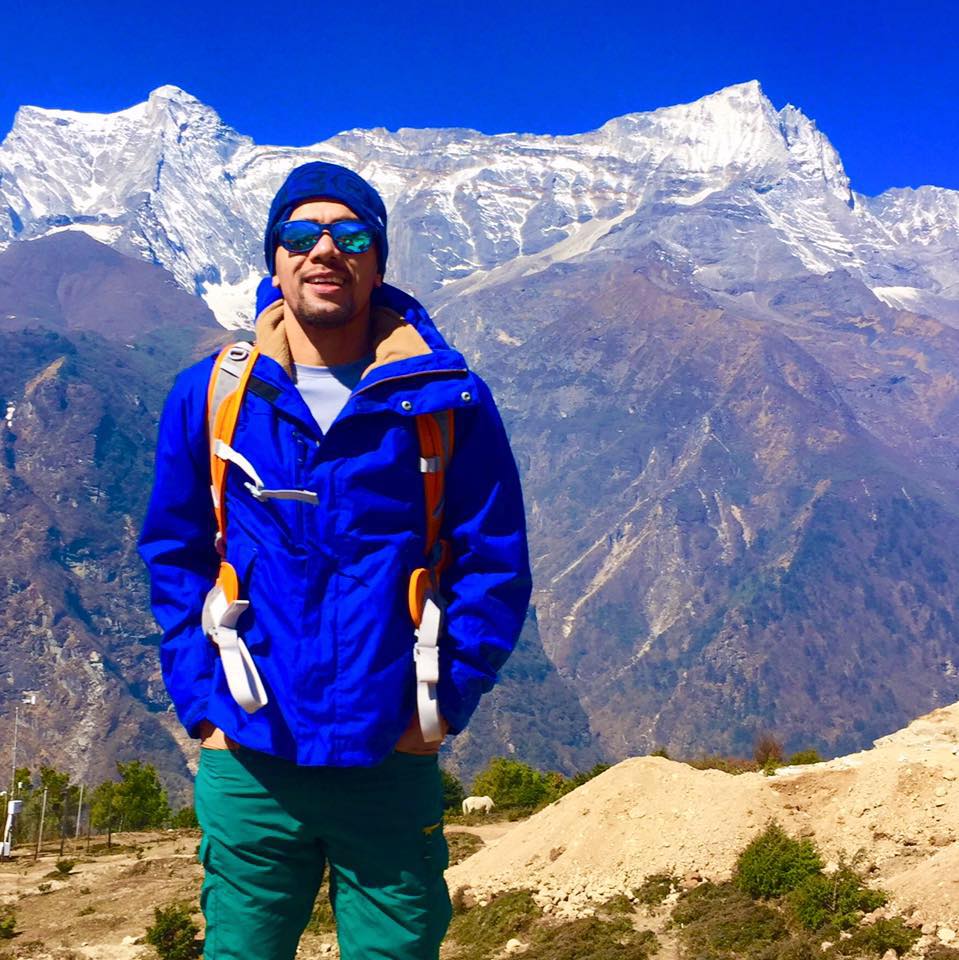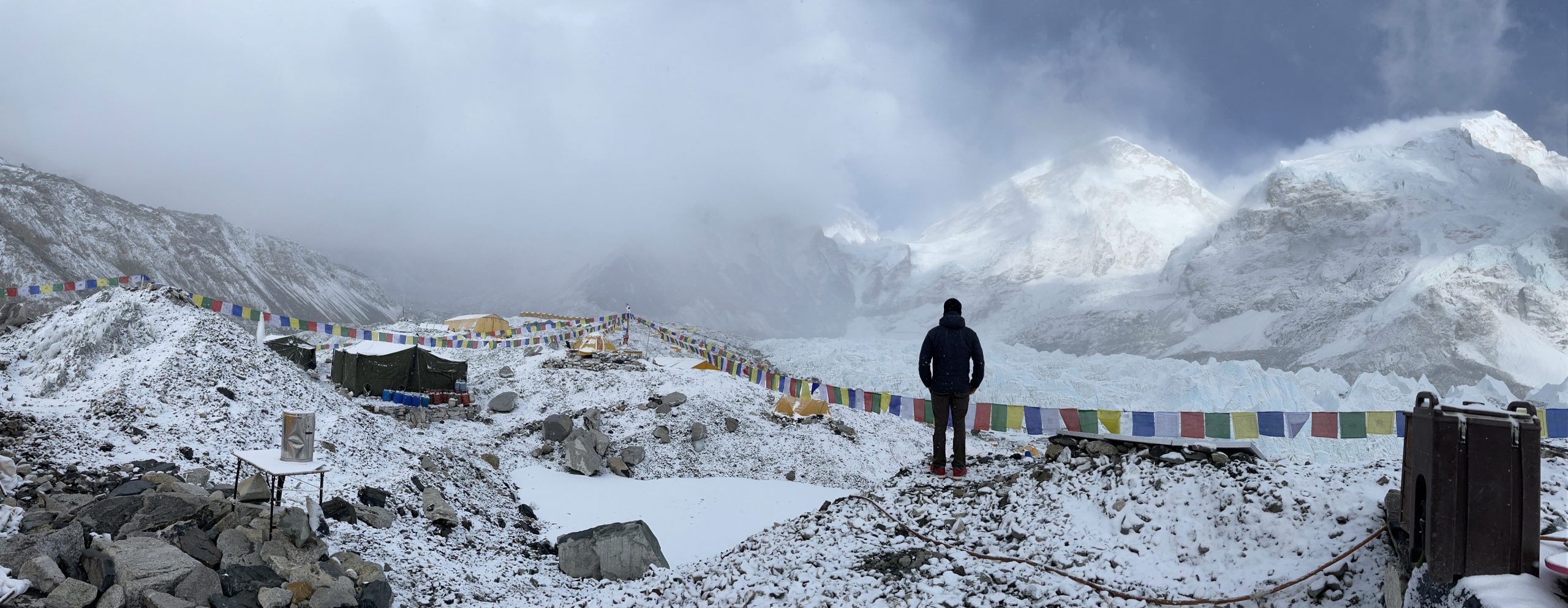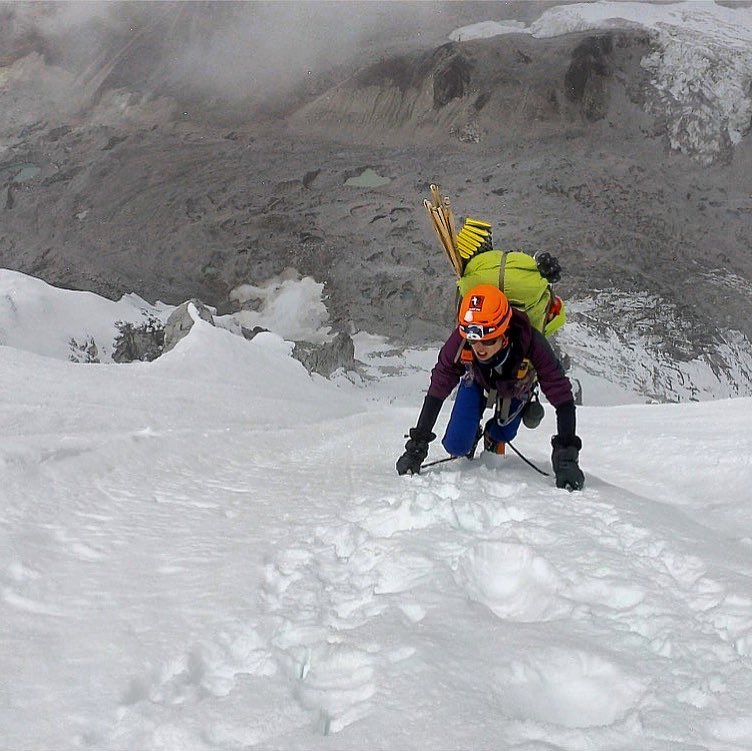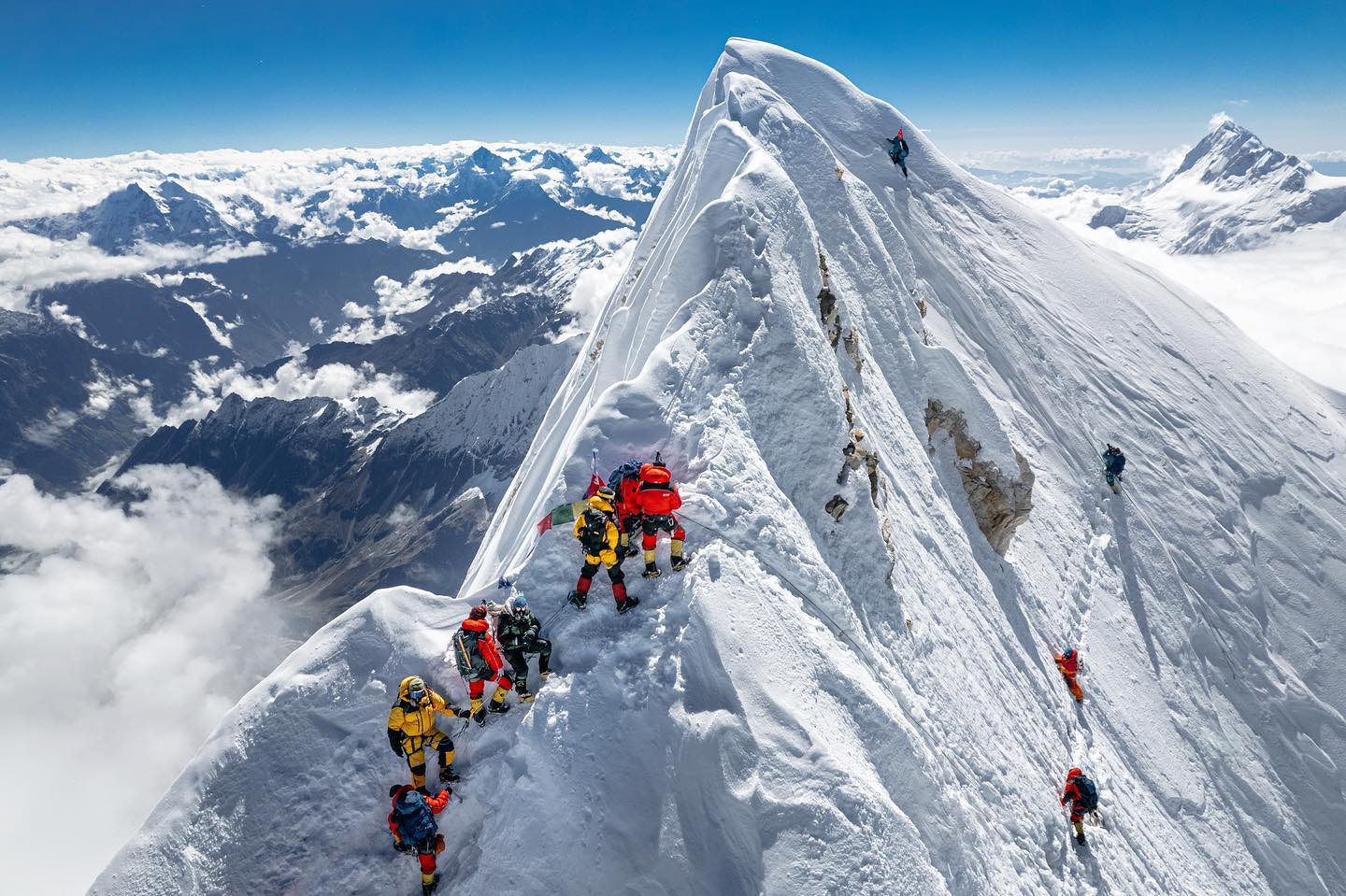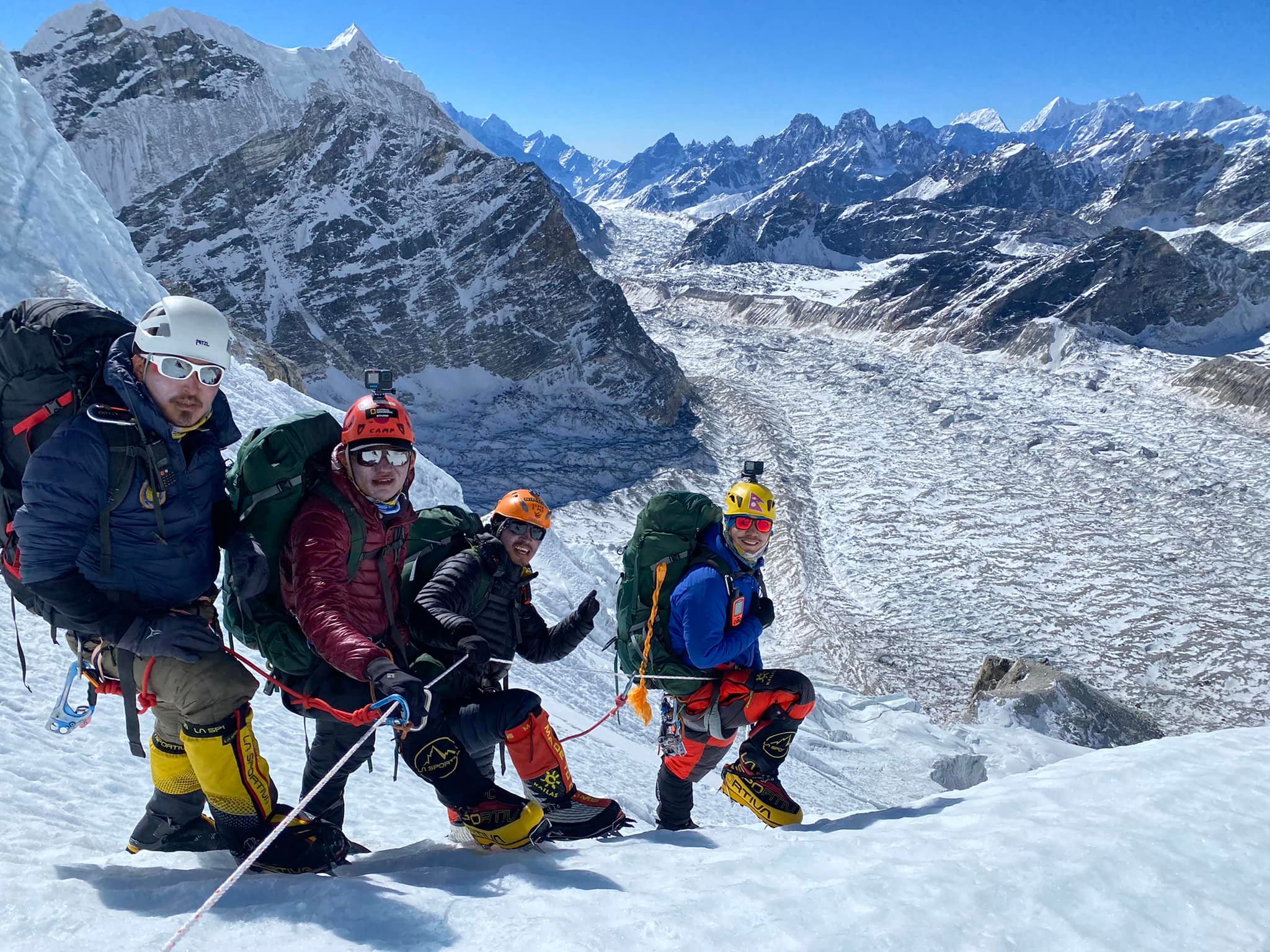Deafblind British climber abandons Himlung Himal summit attempt
Karolina Pakenaite, who lives with Usher syndrome, turned back just short of the 7,126m peak in Nepal after dangerous conditions — a decision she says reaffirmed her instincts and strengthened her resolve to become the first deafblind person to attempt Mount Everest through her DeafBlind Everest project.
Karolina Pakenaite, a British climber with a vision and hearing disability caused by Usher syndrome, called off her summit attempt on Himlung Himal (7,126m) early Tuesday after deteriorating weather and fierce winds forced her and her guides to turn back just short of the top.
Pakenaite’s climb was part of her DeafBlind Everest project, which aims to promote inclusion and accessibility in adventure sports. The Himlung expedition was intended as training toward her long-term goal of becoming the first deafblind person to attempt Mount Everest.
In an Instagram post describing the final hours of the climb, Pakenaite said she and her guide began their summit push at 10 p.m. on November 3, expecting calm conditions through dawn. By 1 a.m., however, winds had intensified to dangerous levels.
“On the 4th of November at 4:28 a.m., I asked my guide for the second time if it was safe to summit. This time he paused — and without a second thought, I said, ‘Let’s go back,’” she wrote. “We could see the summit. But our instincts told us otherwise. No one summited that night.”
Her guide later told her, “We could’ve died out there after the summit,” a remark Pakenaite said reaffirmed her decision to turn back. Despite not reaching the top, she described the expedition as “the perfect training and experience” for future climbs.
Through her project, Pakenaite hopes to raise awareness about the spectrum of deafblindness and develop adaptive climbing gear and tactile communication techniques for people with sensory disabilities.
Her decision comes amid a deadly autumn climbing season in Nepal’s Himalayas. At least seven climbers have died on smaller peaks this season, and search operations are ongoing for four missing foreign climbers on Mount Yalung Ri in Dolakha district after a series of avalanches triggered by post-cyclonic weather system Montha.
Just a week earlier, Australian climber Chin-Tark “Chinny” Chan, 49, died on Himlung Himal after falling ill around 6,700 metres while descending from the summit. Despite efforts by Sherpa rescuers to bring him down through heavy snowfall, he died two days later, underscoring the risks climbers face on the mountain.
Located in Nepal’s Manang district near the Tibetan border, Himlung Himal is regarded as one of the country’s more accessible 7,000-metre peaks and is often used by climbers preparing for higher Himalayan expeditions, including Everest.
As the season winds down, Pakenaite’s climb stands out not for reaching the top, but for what it represents.
“I thought I’d failed,” she wrote, “but it turns out I achieved more than I realised.”
As part of her preparation, she has participated in marathons, completed a winter skills course, and scaled Mera Peak last November.

